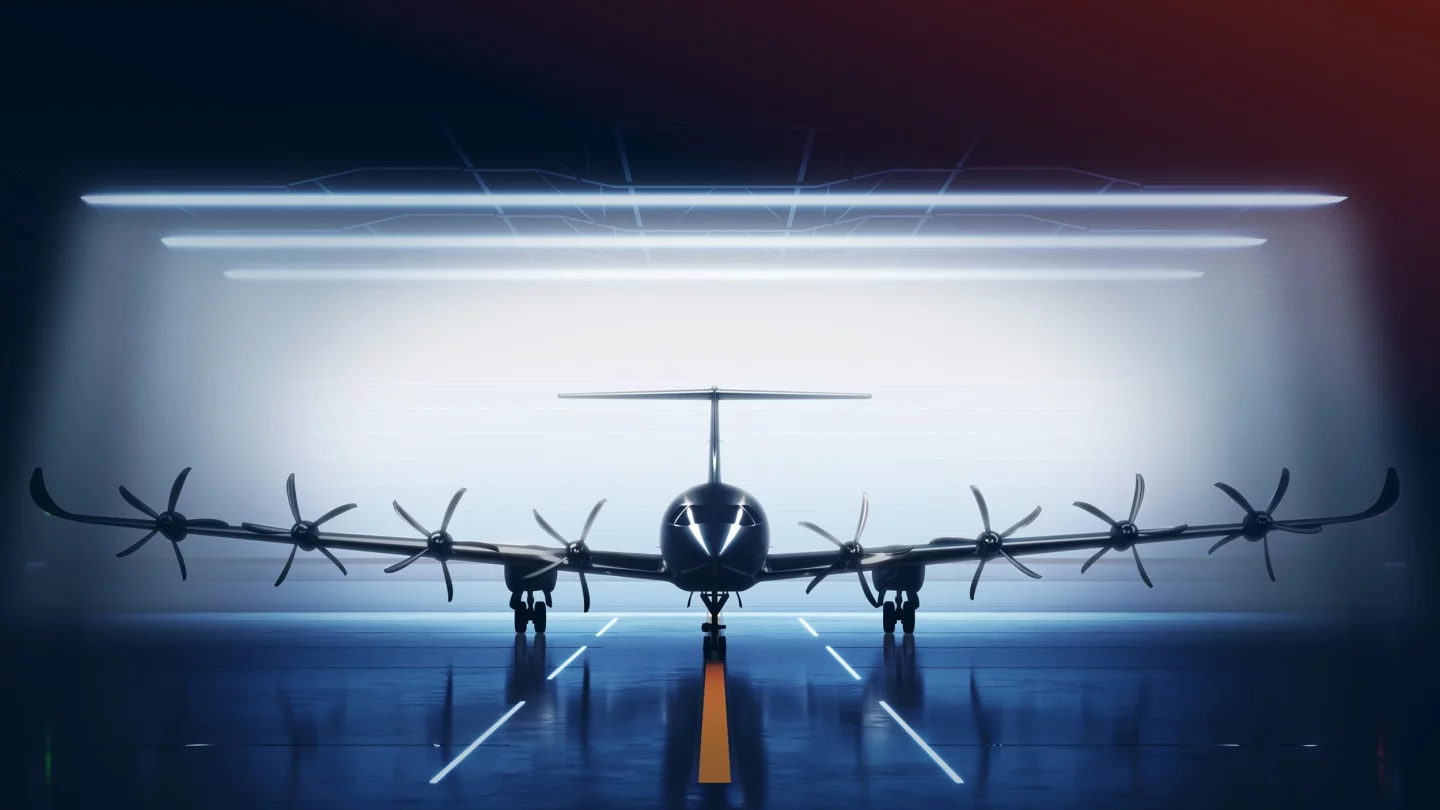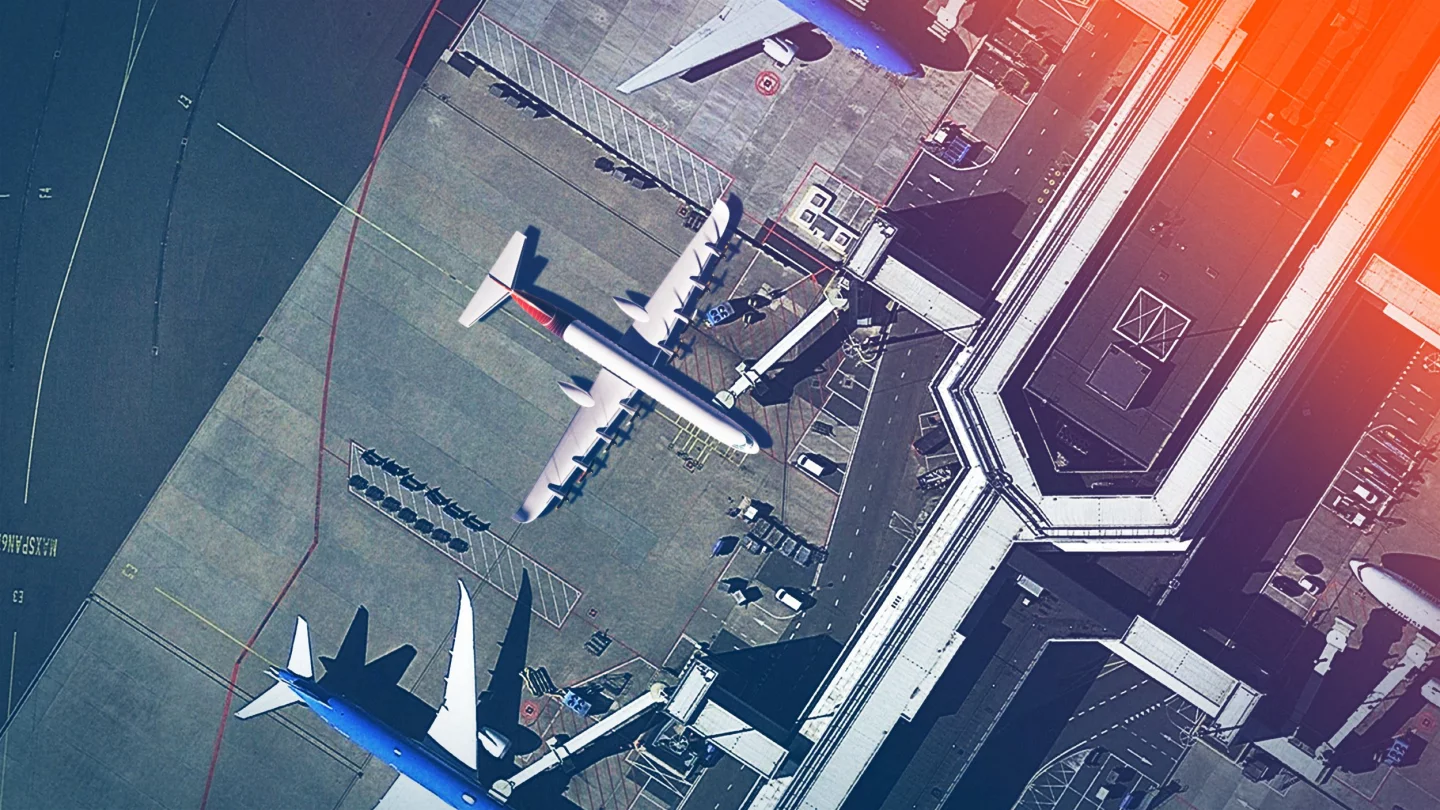A Dutch startup says everyone's hugely underestimating the potential of battery-electric aircraft – that it's possible to build large battery-electric airliners covering distances most assume we'll need hydrogen for. Elysian plans to prove it.
The company doesn't believe it'll need some giant leap in batteries to do it, either; it says it can take 90 passengers some 800 km (497 miles) using a pack with 360 Wh/kg. Amprius, meanwhile, was shipping 450-Wh/kg cells back in 2022, and Chinese giant CATL launched a 500-Wh/kg "condensed" battery last year. Assuming some improvements, Elysian says it'll hit 1,000-km (621-mile) range figures, at which point the E9X aircraft could feasibly cover around 50% of all scheduled commercial flights.
It's quite a leap from the conventional thinking, which assumes that batteries are far too heavy to build airliners around, and really only suitable for small aircraft flying sub-400-km (250-mile) routes. Indeed, most of the action in clean aviation over the last several years has been in the gaseous hydrogen space, with liquid hydrogen a few years behind that and other solutions like ammonia popping up around the fringes.

But Elysian says batteries will do just fine. The company cites a couple of TU Delft studies (albeit studies whose lead author, Reynard De Vries, is also Elysian's Director of Design and Engineering) as evidence. According to Venturebeat, the company says the industry's mental block is the result of modern airline designs, which make maximal use of the highly efficient, mature powertrains they run.
When dealing with heavy energy supplies like batteries, the company says you need to go back to the 1960s for inspiration; the first-gen narrow-body aircraft of the day were horribly inefficient, so they needed to carry a lot more fuel than today's big birds to cover long distances.
Thus, the Elysian E9X design features a relatively small fuselage and longer wings than current jets. Its low-mounted wings, complete with upswept tips, house most of the battery mass, as well as the rear landing gear. Elysian says these considerations save a lot of airframe mass, and should also reduce drag by around 15% for a corresponding range boost.

Batteries make vastly more efficient use of energy than hydrogen, in any of its forms. Indeed, the company says you'll get some five times further per unit of energy with a battery-electric airliner than with any hydrogen or SAF-powered aircraft. And indeed, that could well be a consideration as the world moves all of its energy away from fossil fuels and into renewables.
Elysian says the E9X will "take to the skies" in 2033, and the startup has developed it to this point with the help of some US$10 million in backing from Panta Holdings, which also currently owns the historic Dutch Fokker brand.
Now, time for a bucket of cold water.
If Elysian is really planning to design, prototype, test, certify and go into serial manufacture on a quirky new airframe for a 90-seat commercial airliner, the company will need to dig up billions – probably even tens of billions – of dollars to get there. Even prototyping a beast of this size is no joke; it's not a relatively cheap retrofit you can throw into a second-hand Q400 you picked up for $12.5 million in pocket change.

And then there's what happens upon landing; battery-electric airliners are going to need some seriously large packs. Charging infrastructure at airports will not be a trivial matter, especially if it's got to turn the plane around and get it back airborne quickly; you're probably talking about pushing several megawatts. The batteries need to be able to repeatedly handle that kind of load without degrading themselves out of service within a year or two. Or maybe you could swap them out, but that introduces another level of complexity in the vehicles and storage/charging procedures you'd need on the ground.
Hydrogen faces fueling infrastructure issues too, but then everyone from Universal Hydrogen to ZeroAvia to Airbus and beyond is working in that direction, while Elysian represents a party of one at this stage proposing full-sized battery airliners.
So, as with all audacious new aviation ventures, the deck is stacked against Elysian in its quest to decarbonize the skies. But those skies do need to be decarbonized, so we'll be following with interest.
Source: Elysian Aircraft








